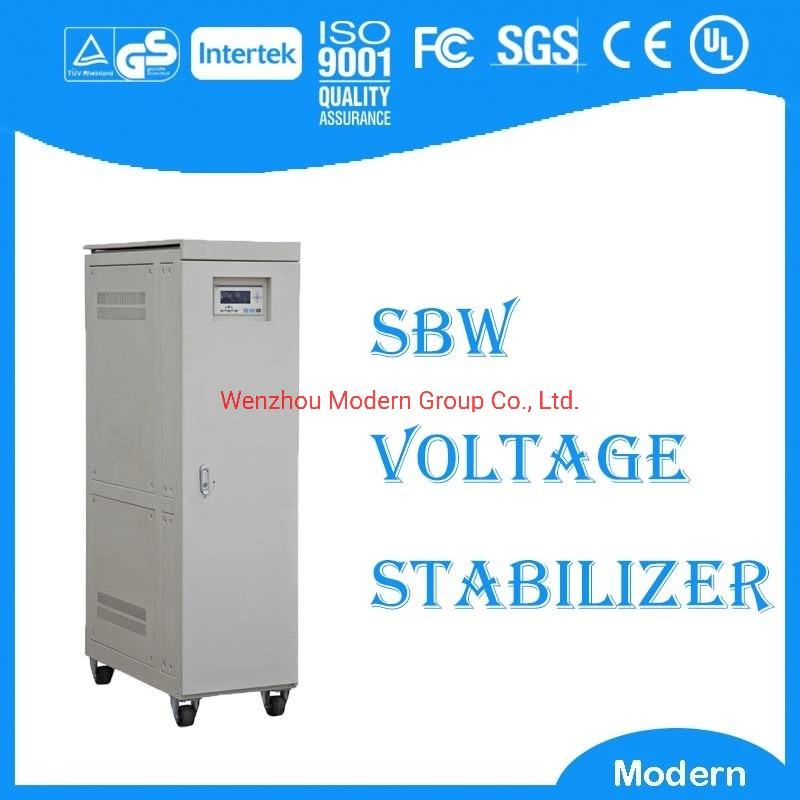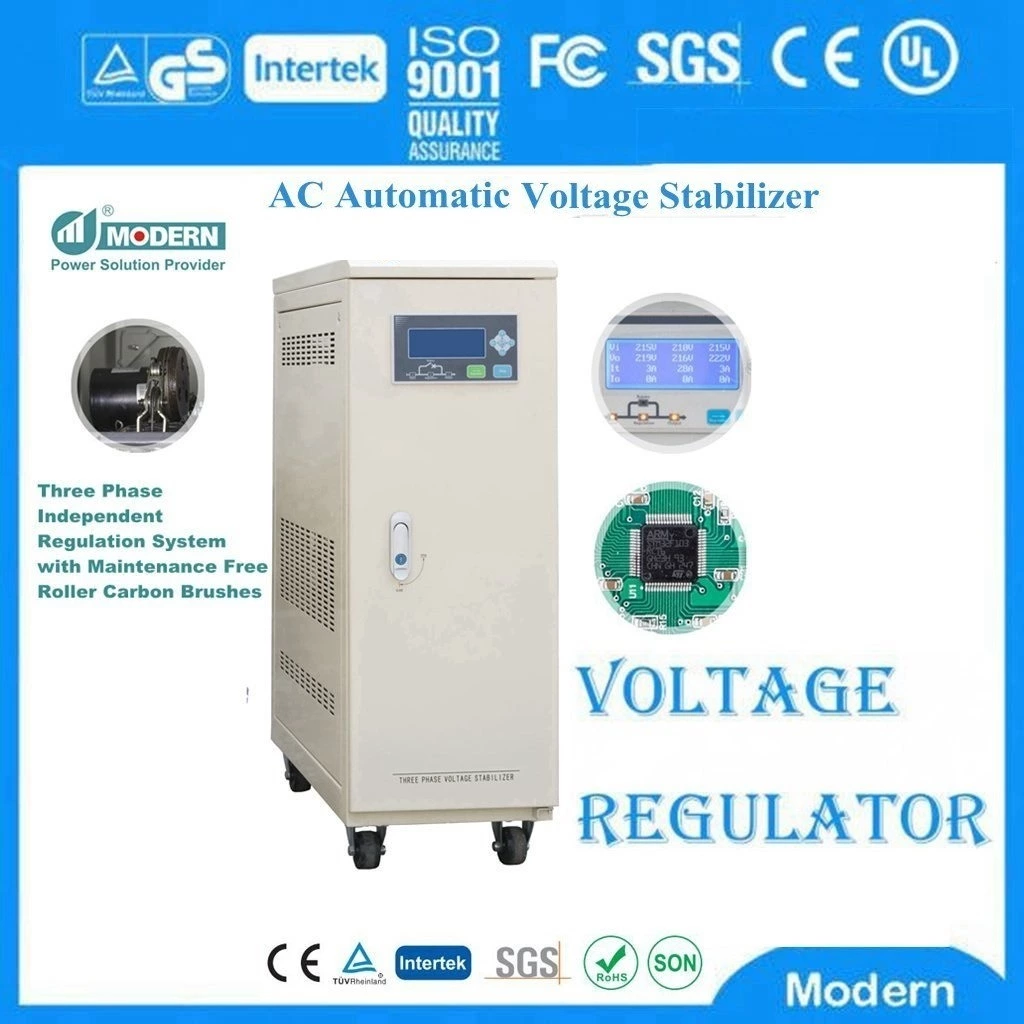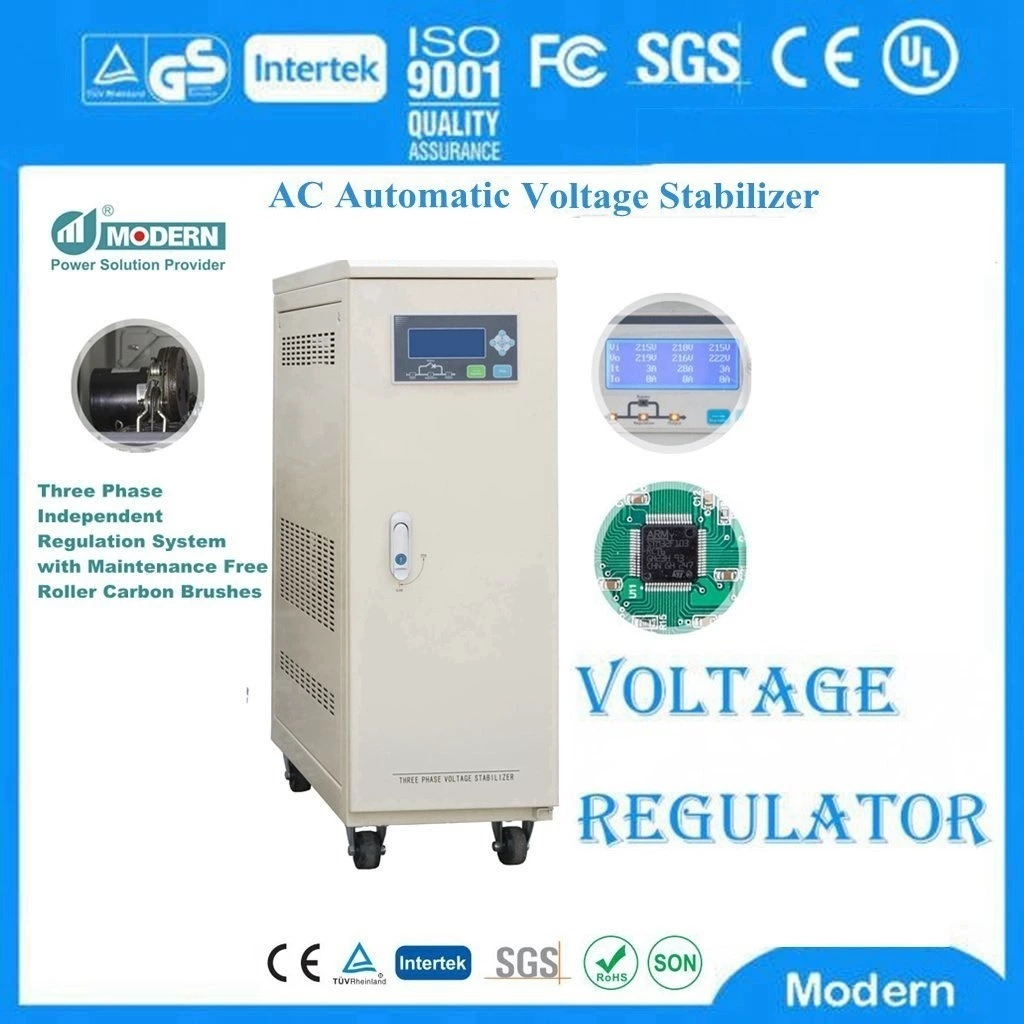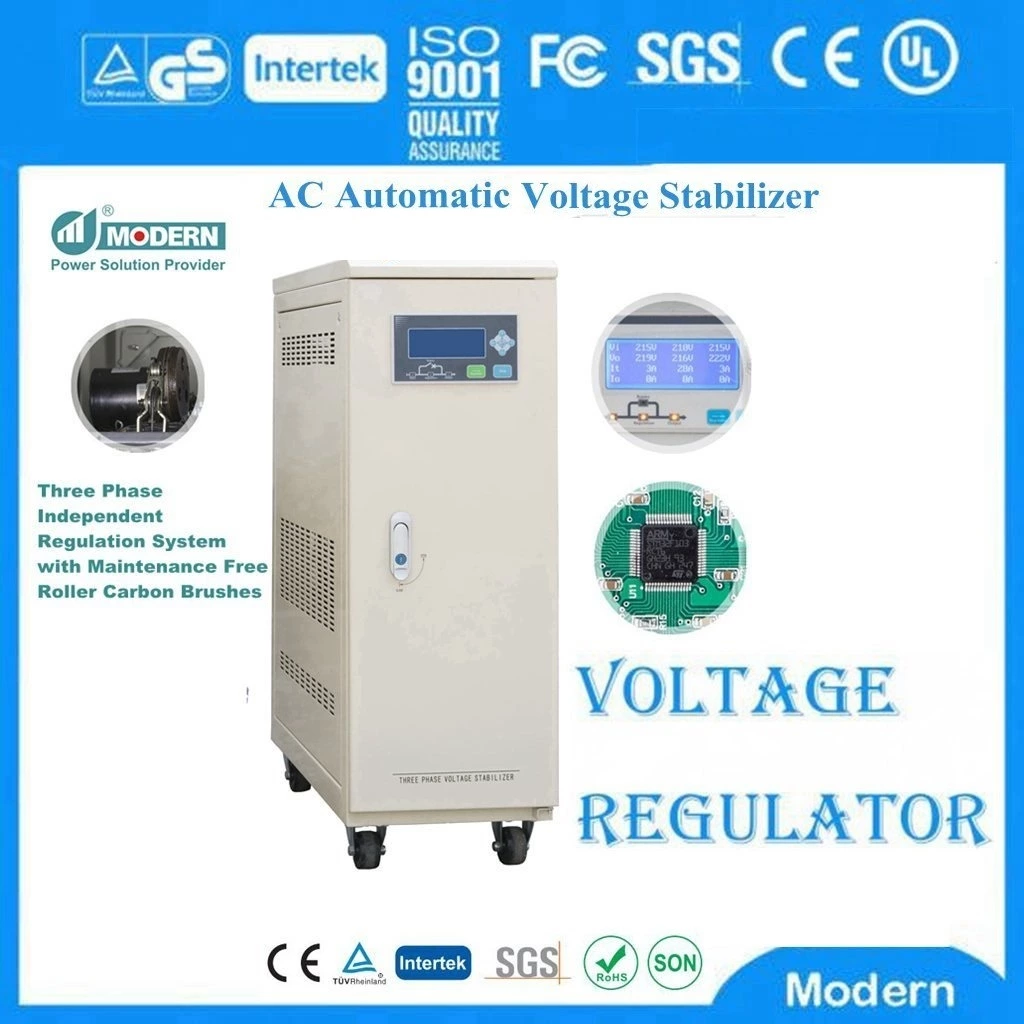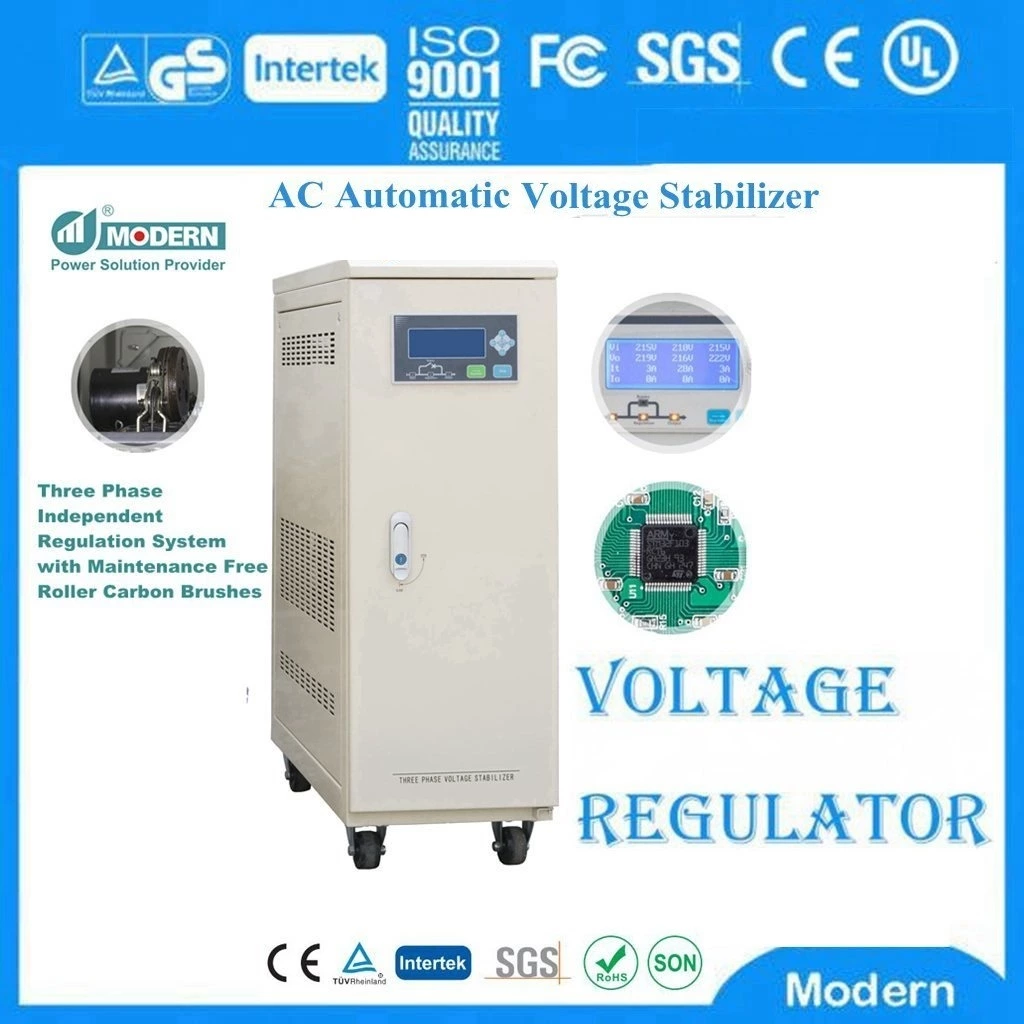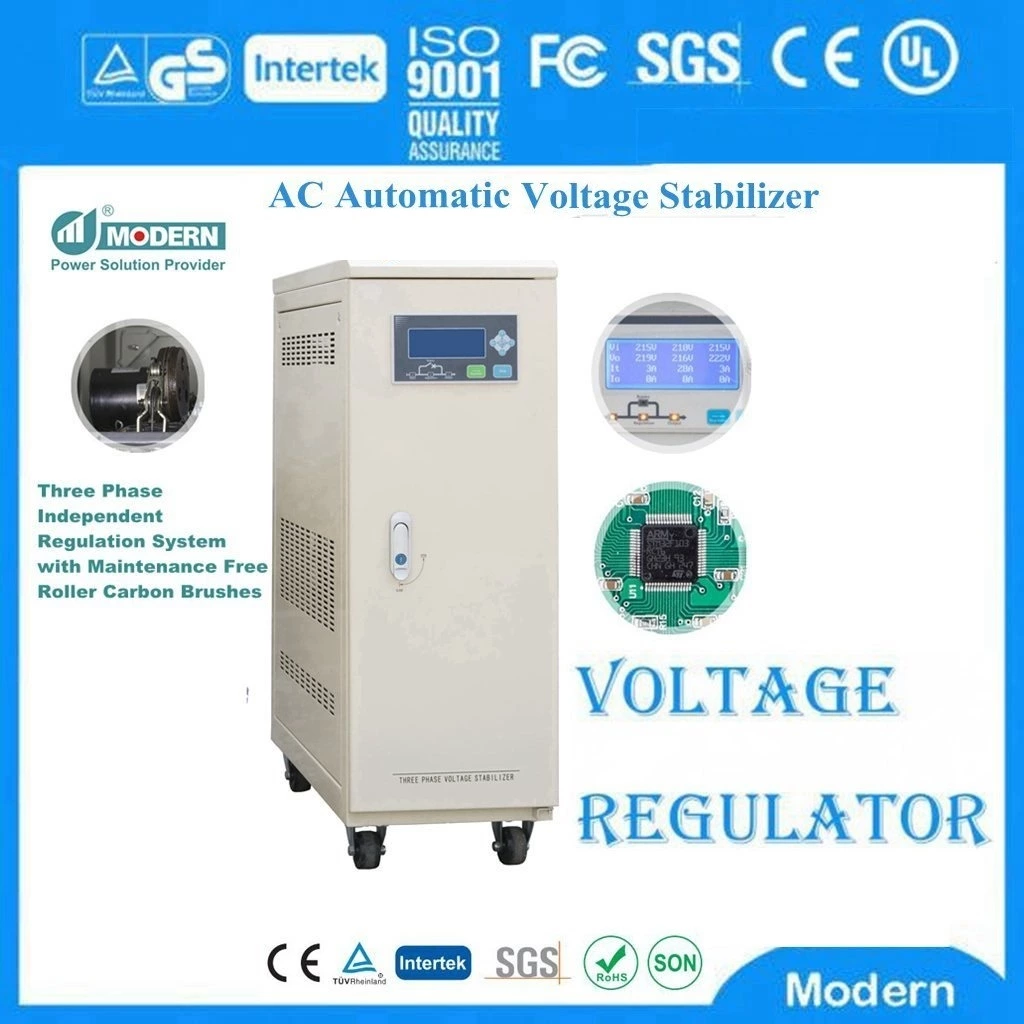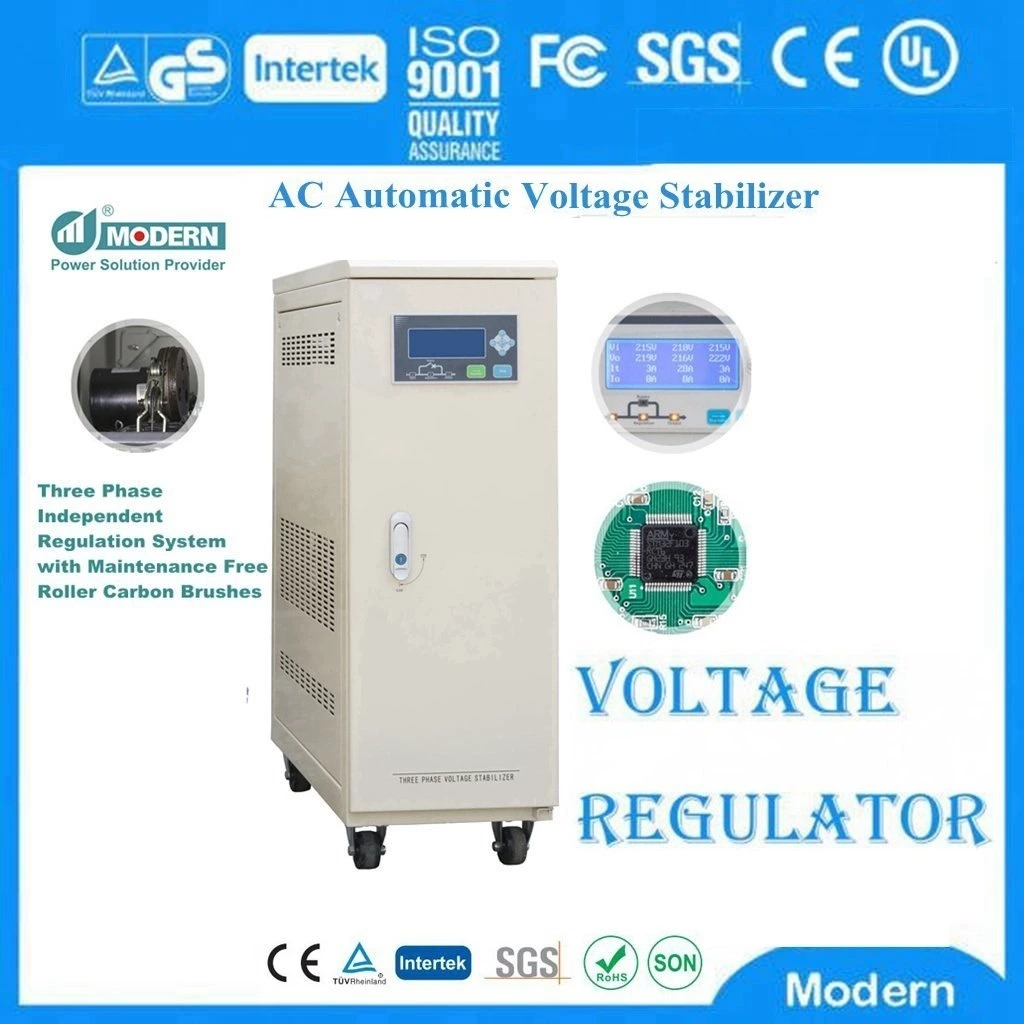How To Use Uninterruptible Power Supply
The usage of Uninterruptible Power Supply(UPS) mainly includes the following steps:
1. Installation and connection
Select the installation location:
Select a dry, well-ventilated area away from heat sources and humid environments, and ensure that there is enough load-bearing capacity and heat dissipation space to install the UPS.
Connect the power supply:
Insert the plug of the UPS power supply into the power socket, and ensure that the phase sequence of the connected power supply is correct and the voltage is normal.
Connect the equipment:
Connect the equipment to be protected (such as computers, routers, etc.) to the output socket of the UPS, and ensure that the interfaces match and the connection is firm.
2. Power on and configuration
Check before powering on:
Make sure that the battery switch is in the disconnected state and the main power switch is in the off position.
Turn on the power:
First send AC power to the UPS to put it in bypass working state. Then turn on the load equipment one by one, first turn on the load with larger impact current, and then turn on the load with smaller impact current.
Configuration parameters:
Configure the UPS according to the manual, including setting parameters such as battery capacity, delay time, output voltage, etc., to ensure that the UPS can correctly switch to battery mode when the mains power is interrupted.
3. Daily operation and maintenance
Monitoring status:
During use, regularly check the operating status of the UPS, including parameters such as battery voltage, internal resistance and temperature, to ensure its normal operation.
Maintain ventilation:
Ensure that the UPS power supply is kept at a certain distance from the wall to facilitate ventilation and heat dissipation to avoid overheating damage.
Regular maintenance:
Perform dust and moisture protection regularly, and check the battery status. The battery is an important part of the UPS and needs special attention for protection. It should usually be fully inspected every six months or one year and replaced in time when the battery life expires.
4. Emergency handling
Develop an emergency plan:
Clearly define the response measures to be taken after a power outage, such as data backup, system shutdown, etc., to ensure the safety of critical data.
Dealing with power outages:
When the mains power is interrupted, the UPS will automatically switch to battery mode to provide backup power for the connected devices. At this time, users should pay attention to the indicator lights and alarm prompts of the UPS so as to take timely countermeasures.
Through the above steps, you can use the uninterruptible power supply (UPS) correctly and ensure that it provides stable and uninterrupted power supply to key equipment at critical moments.
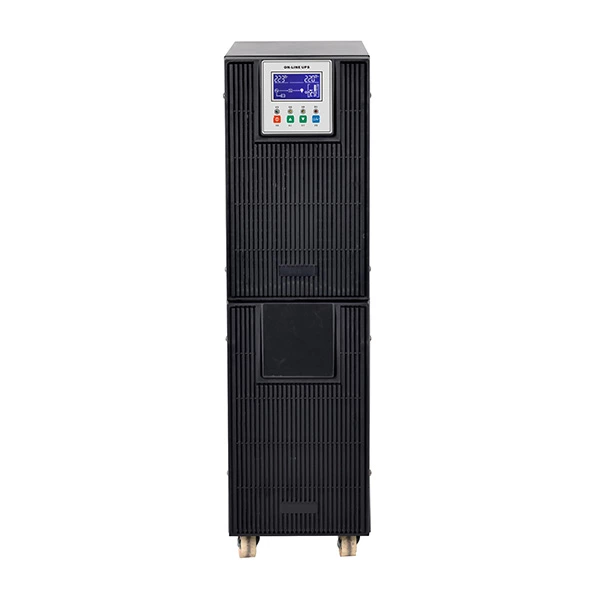
 Русский
Русский
 Français
Français
 Português
Português
 Español
Español
 اللغة العربية
اللغة العربية
